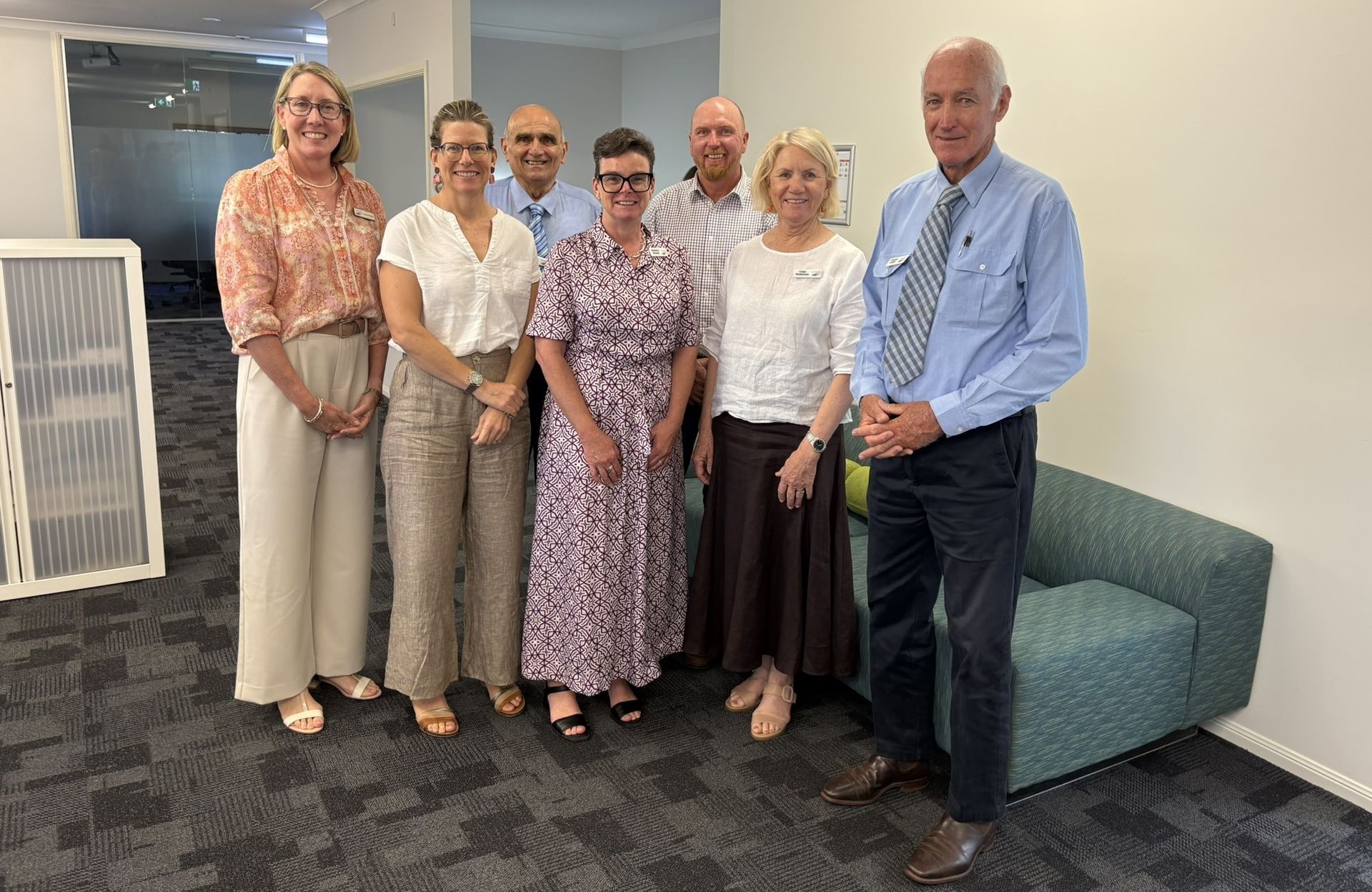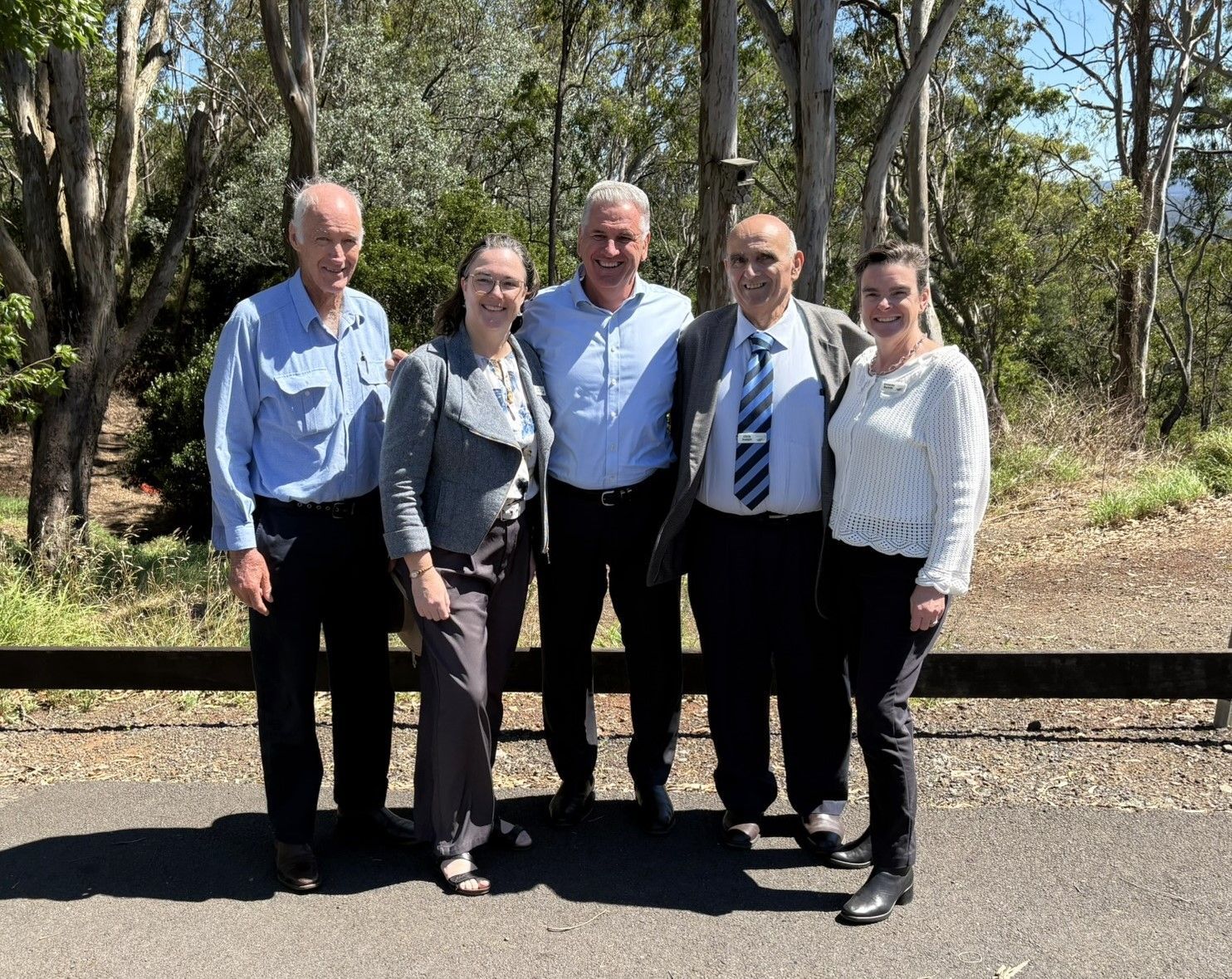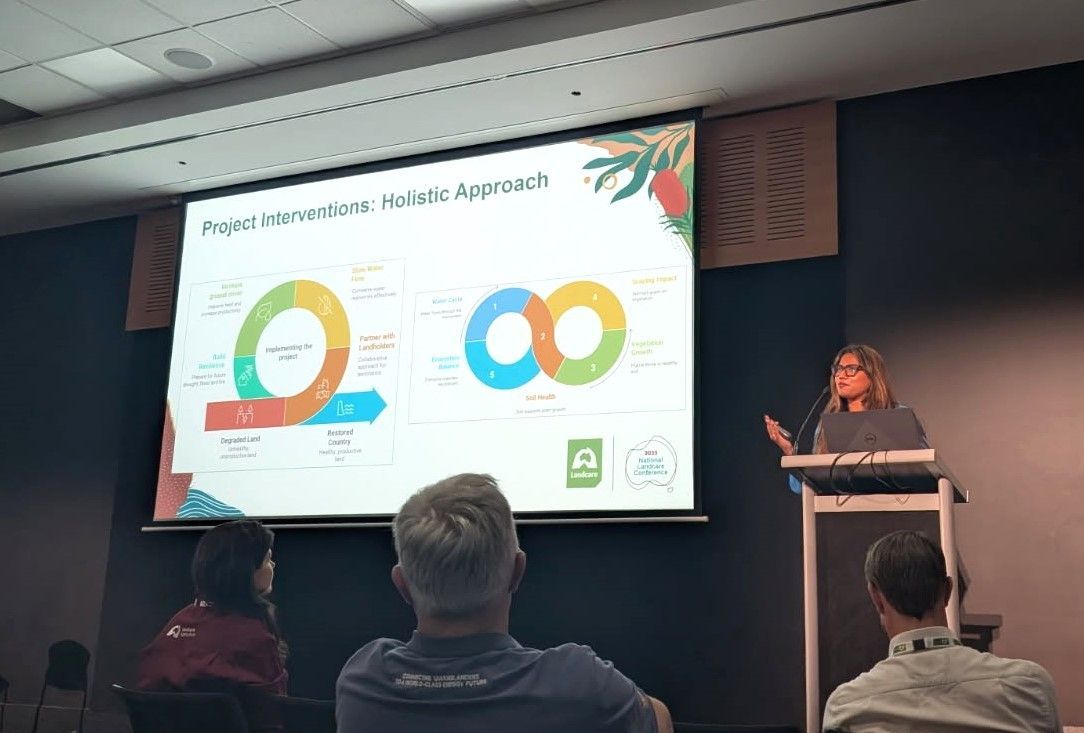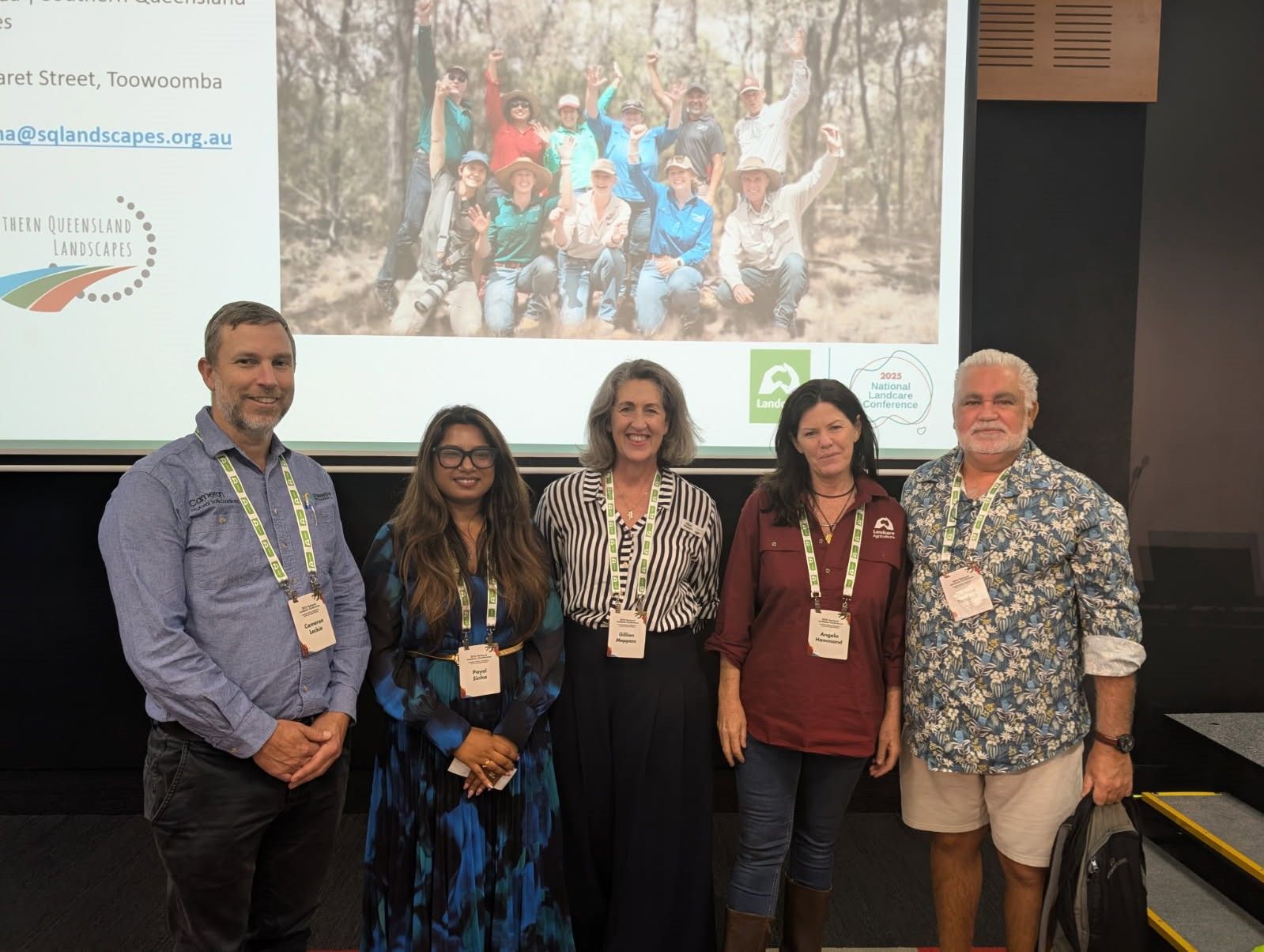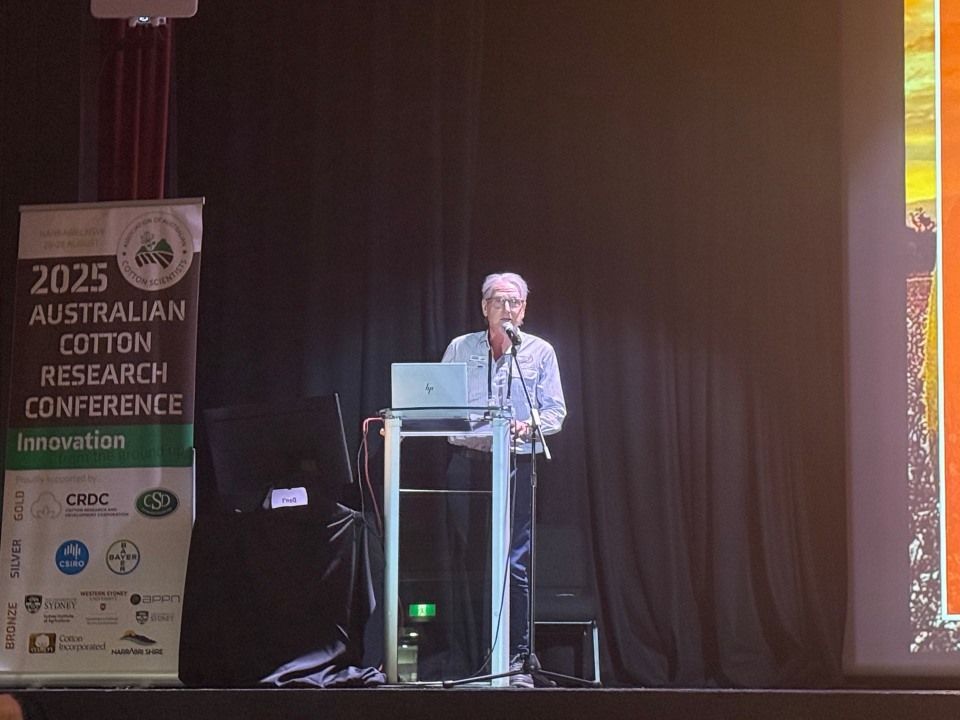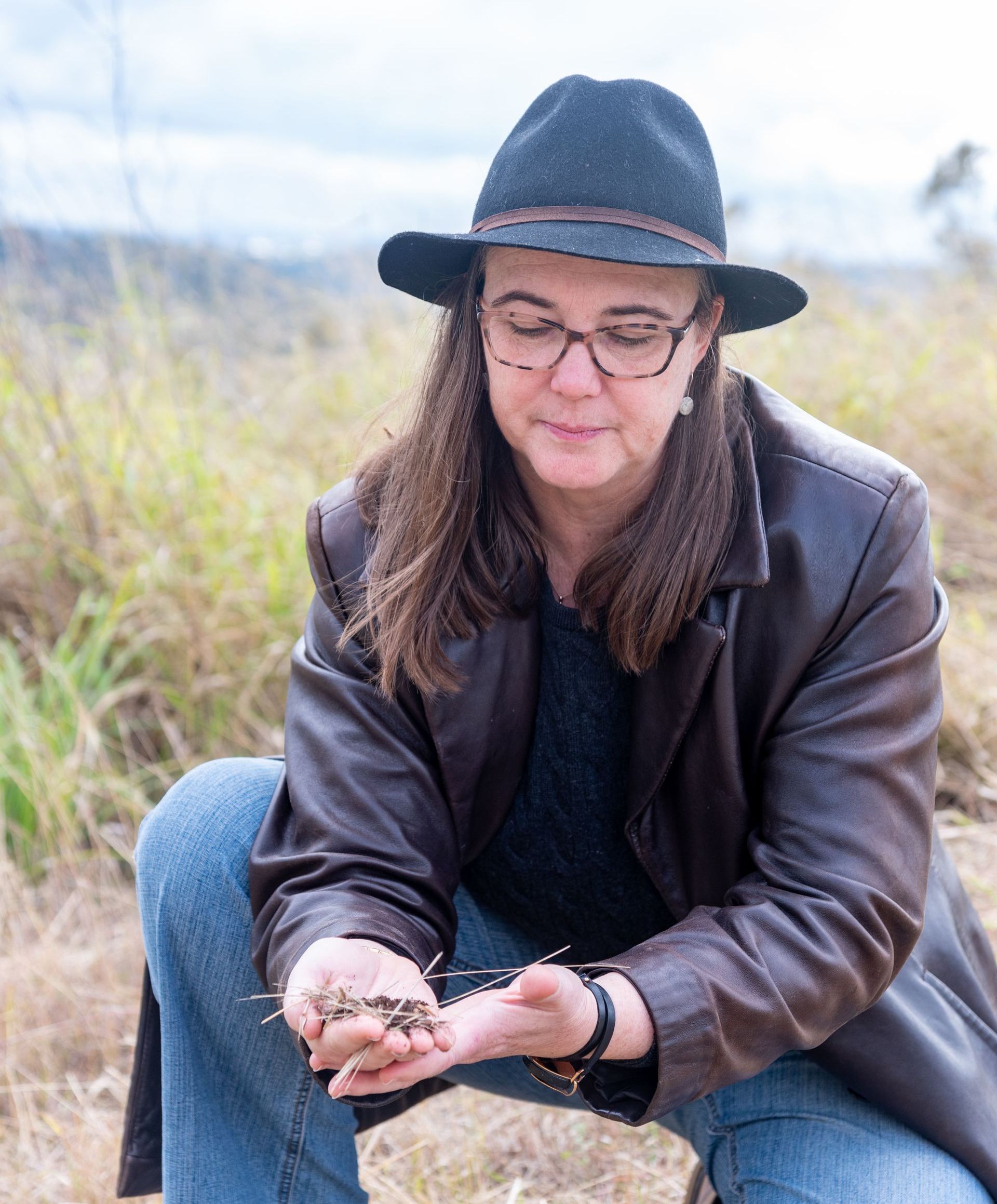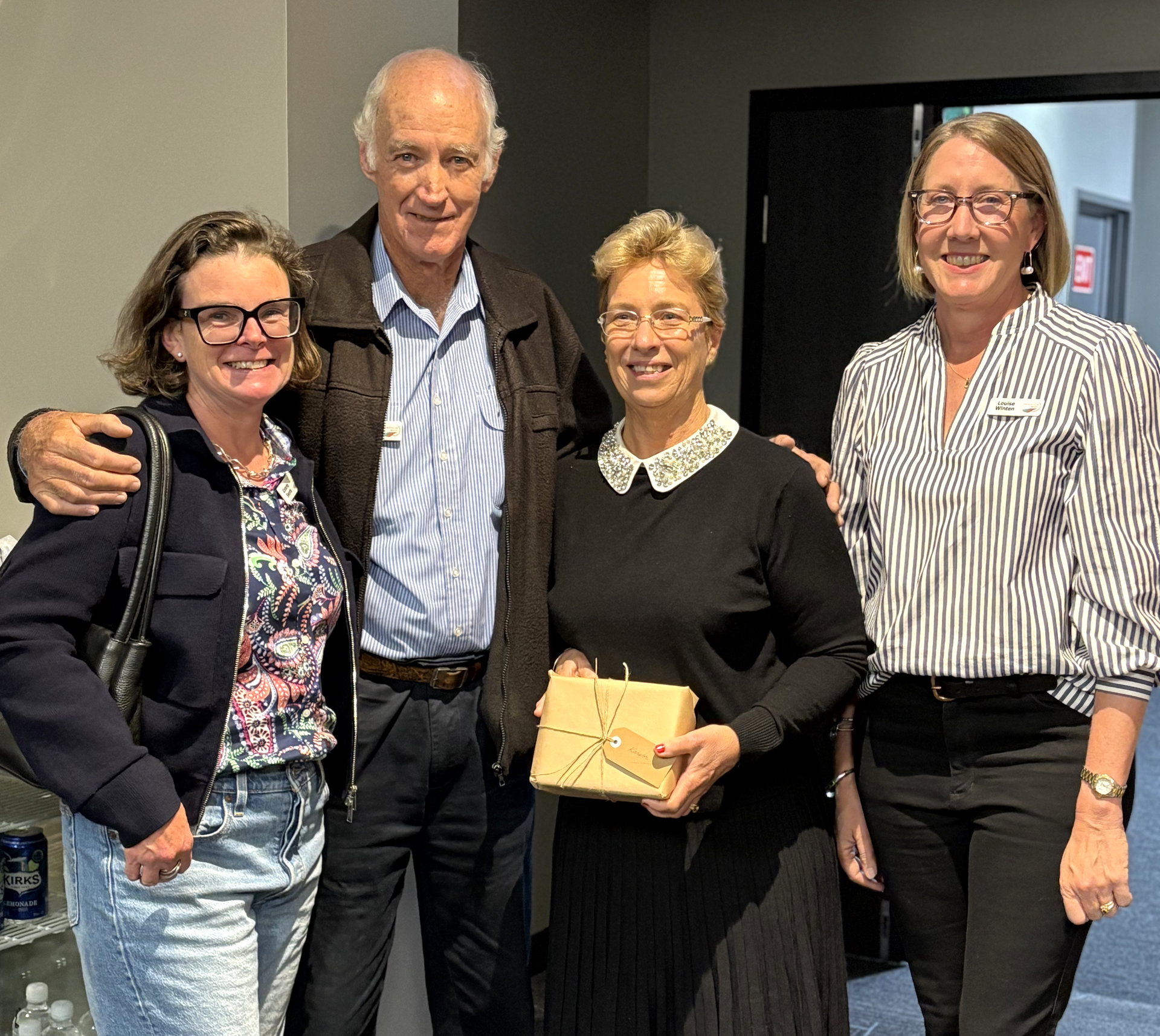The conservation value of wetlands in Queensland’s Murray-Darling and Bulloo Basins (QMDBB) have been re-evaluated in a comprehensive assessment, updated by the Department of Environment and Science (DES).
Natural resource management group Southern Queensland Landscapes said DES has completed its Aquatic Conservation Assessment of the region using Aquatic Biodiversity and Mapping Methodology (AquaBAMM); with the full report released in December 2022.
Knowledge & Information Support Officer Dr. Paul Webb said Aquatic Conservation Assessments (ACA), undertaken using AquaBAMM, provide a non-social, non-economic and tenure-blind assessment of wetland conservation values at a user-defined scale.

Riverine and non-riverine ACA results.
“Assessments have been completed for the Border Rivers, Moonie, Condamine-Balonne, Maranoa, Wallam, Warrego, Paroo and Bullo hydrological basins; and separate assessments have been done for both riverine and non-riverine freshwater wetlands,” Paul Webb said.
“This method draws on a combination of available data and expert opinion which provides a powerful decision support tool that is easily interrogated through Geographic Information Systems (GIS),” Dr Webb said.
“ACA’s undertaken using AquaBamm are based on a series of criteria, indicators and measures founded upon a large body of national and international literature,” he said.
“Measured data is then mathematically combined into scores at the indicator and criterion level and referenced against a filter table that is composed of a series of if/else statements that are then used to calculate the overall aquatic conservation score or AquaScore.”
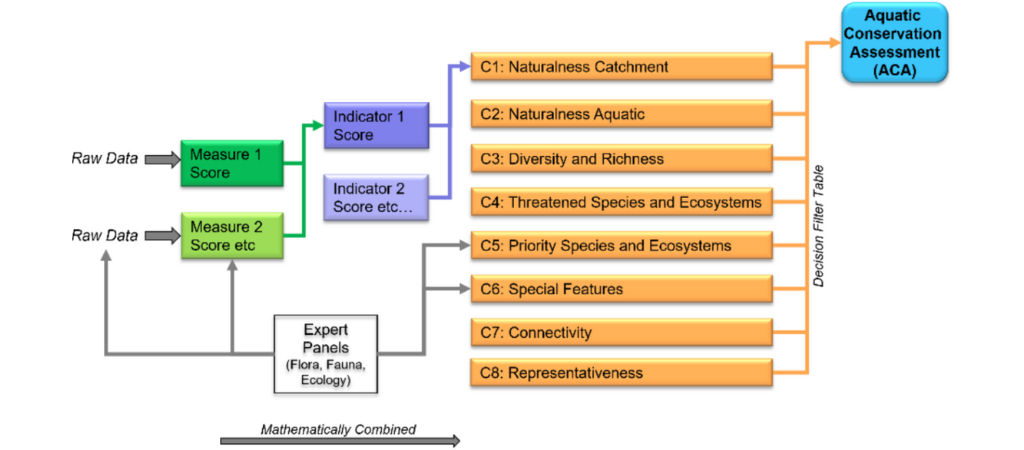
The AquaBAMM hierarchical structure.
Aquatic Conservation Assessment results have a variety of applications.
“ACA’s can be used to determine Matters of State Environmental Significance (MSES), or determining priority areas of aquatic ecosystems to protect, regulate or rehabilitate,” Paul Webb said.
“They can also drive on-ground investment, add to local and regional planning processes, or contribute to the understanding of impacts from large-scale developments.” Dr Webb said.
“Water resource management and planning processes would also draw upon results from Aquatic Conservation Assessments,” he said.
“All in all we look forward to using the revised assessments in our natural assets prioritisation to drive and support flourishing landscapes and healthy communities.”
The AquaBAMM methodology and assessment results (including summary report, expert panel reports and GIS data) can be accessed from the following websites:
- WetlandInfo - https://wetlandinfo.des.qld.gov.au/wetlands/assessment/assessment-methods/aca/queensland-murray-darling-bulloo.html
- Queensland Spatial Catalogue - http://qldspatial.information.qld.gov.au/catalogue/custom/index.page
- Queensland Globe - https://qldglobe.information.qld.gov.au/
- Environmental Reports Online - https://apps.des.qld.gov.au/report-request/environment/
Further details about AquaBAMM or the ACAs can be obtained by emailing: biodiversity.planning@qld.gov.au
